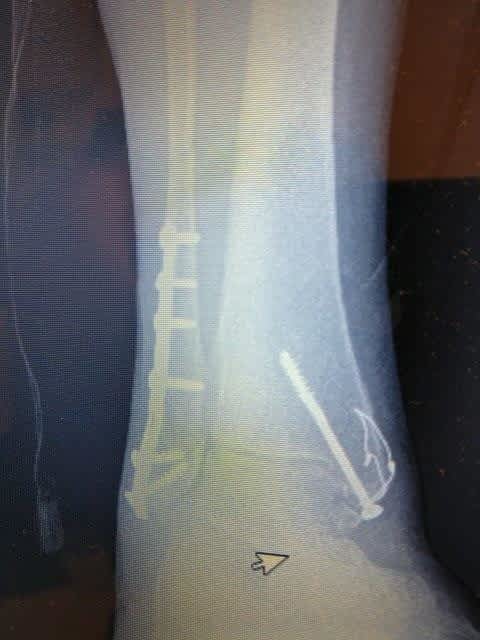

External fixation is usually utilized when there is soft tissue or vascular injury as well as comminuted fracture.Ĭonclusions: This study demonstrates the pros and cons of different treatments for tibial shaft fractures in adolescents. It can lead to early physis arrest and anterior knee pain. Rigid IM nailing is the standard of care because it provides rotational, angular and length stability as well as early weight bearing. ORIF is not recommended due to its very high risk of wound complications from dissection and delayed union. Flexible IM nailing decreases infection rate and avoids growth plate but has a higher chance of delayed union and malunion as well as same amount of immobilization. Operative treatment also applies to obese patients when casting is not stable or suitable. Operative treatment was necessary in several occasions including: degloving injury, vascular injury, compartment syndrome, ipsilateral femoral fractures, and polytrauma. Within casting patients, 20-40% of them might still require surgeries. Casting can be very cost-effective and scar-free. Physician can switch from long leg casting to patella tendon bearing casting. A total of 12 week immobilization is required for healing. Cast wedging can be performed 2-3 weeks after the injury. Casting is suitable for non-displaced fracture. Results: Ideal alignment for tibia was clearly defined which are 10-15 degrees of sagittal angulation, 5 degrees of coronal angulation and 10-15 mm shortening.

Studies not in English, case reports and expert opinion were excluded. Only literatures demonstrate the management options, complications, and outcome of adolescence tibial fracture were included. The author narrowed down to 27 articles from different journals. Methods: The author typed in key words such as “tibial shaft fracture” and “adolescent” in PubMed search bar with the time frame filter from 1970 to 2020. He discussed various treatment plans with different scenarios. The author wrote this article with thorough literature review and his own clinical expertise. Surgery can better stabilize the fracture than casting, however it has a high risk of nonhealing and delayed healing.

It has been controversial whether to treat these fractures conservatively or surgically. Tibial shaft fractures occur commonly in adolescence due to their soft bone quality. Podiatric Relevance: It is crucial to understand the management algorithm of pediatric trauma because children have very different anatomy. Operative Fixation Versus Cast Immobilization: Tibial Shaft Fractures in Adolescents. SLR - August 2022 - Jian Zeng, DPM Reference: Martus JE.


 0 kommentar(er)
0 kommentar(er)
